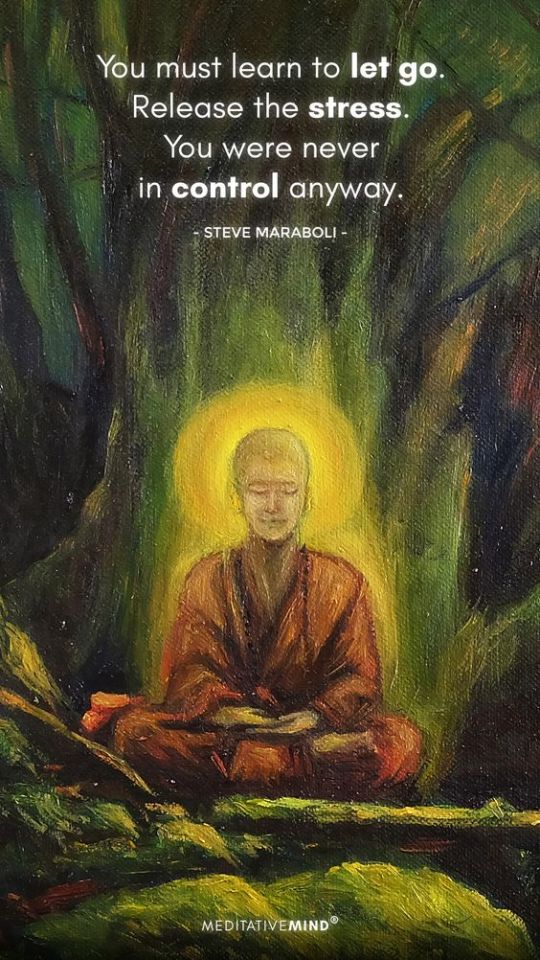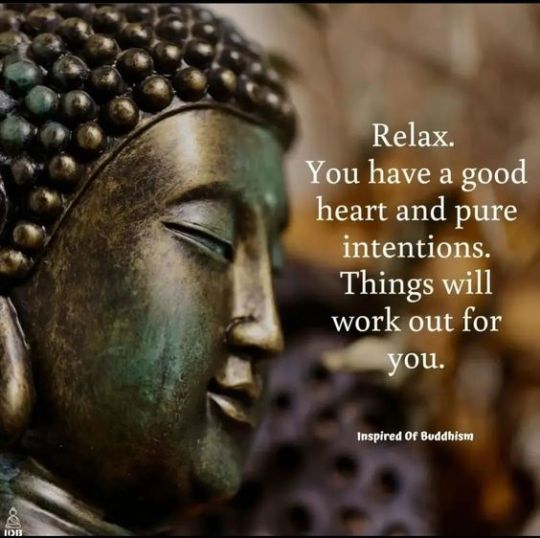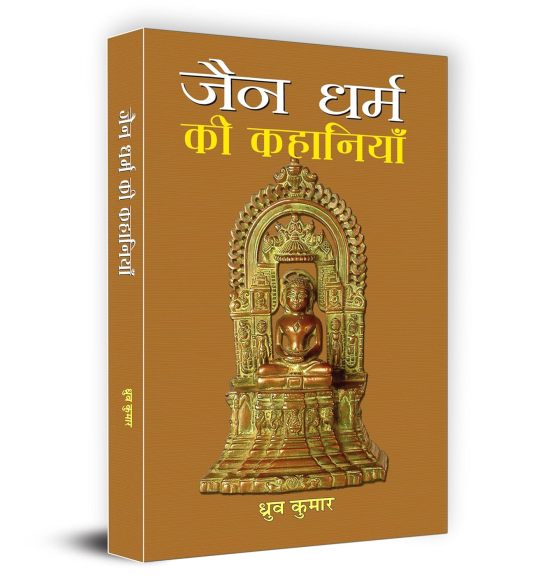#buddha dharma
Explore tagged Tumblr posts
Text

“The voice of the Buddha can be heard in the sound of the wind and the chirping of the birds.” - Kukai
The above is one of the poems read by Kukai. The significance of the poem is as follows:
In the quiet woods of Mt. Koya, when sitting alone in a grass hall at dawn in a state of selfless contemplation, there comes out of nowhere the call of a single buzzard.
The bird is probably singing mindlessly, but those who hear it feel something in their hearts. The sound of the bird and the human heart, the clouds in the mountains and the flow of the river all merge into one, and here the teaching of the Buddha is clearly realised. Buddha, Dharma, and monks.
Kukai (b. 27 July 774 – d. 22 April 835), posthumously called Kōbō Daishi ("The Grand Master who Propagated the Dharma"), was a Japanese Buddhist monk, calligrapher, and poet who founded the esoteric Shingon school of Buddhism.
38 notes
·
View notes
Text

- A message from 23 nights temple -
“Have a dream. It doesn't matter if it ends up being a dream. Your life will be that much more fulfilling.”
-二十三夜堂からのメッセージ-
”夢を持つことです。それが夢で終わってもいいじゃないですか。あなたの人生はそれだけ豊かになるのだから。”
180 notes
·
View notes
Text

127 notes
·
View notes
Text
Sindarin & The Origin of Mithril
The word “Moria” originates from Sindarin, one of the Elvish languages created by J.R.R. Tolkien. In Sindarin, “Moria” means “the Black Chasm” or “the Black Pit,” derived from the words mor (meaning “dark” or “black”) and iâ (meaning “void” or “abyss”).
Sindarin, one of the Elvish languages, is most closely related to Quenya. Both languages evolved from a common ancestor known as Common Eldarin.
While Quenya was influenced by Finnish, Sindarin was primarily influenced by Welsh.
11 notes
·
View notes
Text

May the teachings of Lord Buddha illuminate your path with peace, compassion, and enlightenment. Happy Buddha Purnima!
#buddha#buddha purnima#buddhism#buddha dharma#buddha statue#real estate investment#sunblonderealty#mumbai#realestateprojects#realestate#mumbairealestate#propertyfinder#reality#maharera#luxuryliving#dreamhome
3 notes
·
View notes
Text

Prabhashvara, Buddhist Flag.
Blue (Pāli and Sanskrit: nīla): The Spirit of Universal Compassion
Yellow (Pāli and Sanskrit: pīta): The Middle Way
Red (Pāli and Sanskrit: lohitaka): The Blessings of Practice – achievement, wisdom, virtue, fortune and dignity
White (Pali: odāta; Sanskrit: avadāta): The Purity of Dhamma – leading to liberation, timeless
Orange (Pali: mañjeṭṭha; Sanskrit: mañjiṣṭhā), alternatively scarlet: The Wisdom of the Buddha's teachings
The sixth vertical band, on the fly, is made up of a combination of the five other colors' rectangular bands, and represents a compound of said colors in the aura's spectrum. This new, compound color is referred to as the Truth of the Buddha's teaching or Pabbhassara (lit. 'essence of light').
#Buddhism#Gautama Buddha#Prabashvara#Buddhist flag#buddhist#Buddha Dharma#Mahayana#Theravada#Vajrayana#Sarvastivada
5 notes
·
View notes
Text
nice one.

736 notes
·
View notes
Text

1 note
·
View note
Text

Life is a canvas, paint it with the colors of kindness, love, and wisdom, creating a masterpiece of compassion and joy.
0 notes
Text
Correct. Abusive empowerment is not ever the correct step to choose.

83 notes
·
View notes
Text
"May all living beings be happy, whether visible or invisible, whether it lives far away, whether it has already been born or wishing to be born." Buddha (Sutta Nipata 147)

97 notes
·
View notes
Text

- A message from 23 nights temple -
“In any life, we are grateful to be born into this planet and to be able to experience both joy and pain.”
-二十三夜堂からのメッセージ-
”どんな人生であっても、この世に生を受け、喜びも苦しみも経験できることはありがたいことです。”
100 notes
·
View notes
Text

74 notes
·
View notes
Text
Pure Land Buddhism
Key Features of the Pure Land:
Amitabha Buddha: The most well-known Pure Land is Sukhavati, the Western Pure Land, created by Amitabha Buddha. Amitabha made vows to establish this realm to help beings achieve enlightenment.
Rebirth in the Pure Land: Devotees aspire to be reborn in the Pure Land by chanting Amitabha’s name with faith and sincerity. This practice is known as Nianfo in Chinese or Nembutsu in Japanese.
Characteristics: The Pure Land is described as a place free from suffering, where the conditions are ideal for practicing the Dharma. It is filled with beautiful landscapes, precious materials, and constant teachings of the Buddha.
Accessibility: Pure Land Buddhism is known for its accessibility. It offers a path to enlightenment that does not require complex meditation or rigorous ascetic practices, making it appealing to a wide range of practitioners.
Pure Land Buddhism emphasizes faith, devotion, and the compassionate vows of Amitabha Buddha, providing a hopeful and supportive path for those seeking enlightenment.
8 notes
·
View notes
Text
What is Jainism Religion : Jain Dharma Ki Kahaniyan || Jain Dharm Ki Story || Prabhat Prakashan

Book Link : https://www.amazon.in/dp/9380186096
यह पुस्तक जैन धर्म की प्राचीन कथाओं को समर्थन करती है और उनकी महत्त्वपूर्णता को उजागर करती है।
यह कथाएँ धार्मिक और सांस्कृतिक संदेशों को एक सरल और समझने योग्य रूप में प्रस्तुत करती हैं।
इस पुस्तक में उपलब्ध कथाएँ जीवन के मूल्यों, नैतिकता, और साहस को प्रोत्साहित करती हैं।
जैन कथाएँ भारतीय साहित्य का महत्वपूर्ण हिस्सा हैं और इस पुस्तक के माध्यम से आप उन्हें और अधिक समझ सकते हैं।
इस पुस्तक के माध्यम से आप जैन धर्म के मूल सिद्धांतों, तत्त्वों, और इतिहास को विस्तार से जान सकते हैं।
यह पुस्तक आपको धार्मिकता और धर्म के महत्व को समझने में मदद करेगी और आपके जीवन में नई प्रेरणा प्रदान करेगी।
जैन कथाएँ जीवन की सच्चाई और धर्म के महत्व को सरलता से समझाने में सहायक होती हैं।
इस पुस्तक का पठन आपको ध्यान में शान्ति, चित्त की स्थिरता, और आत्मा के प्रकाश की ओर ले जाएगा।
इस पुस्तक में उपलब्ध कथाएँ आपको जीवन में संतोष और सहयोग की खोज में मदद करेंगी।
यह पुस्तक धर्म, संस्कृति, और मानवता के महत्वपूर्ण विषयों पर गहरा विचार करने के लिए एक महत्वपूर्ण स्रोत है।
Book Link :
यह पुस्तक जैन धर्म की प्राचीन कथाओं को समर्थन करती है और उनकी महत्त्वपूर्णता को उजागर करती है।
यह कथाएँ धार्मिक और सांस्कृतिक संदेशों को एक सरल और समझने योग्य रूप में प्रस्तुत करती हैं।
इस पुस्तक में उपलब्ध कथाएँ जीवन के मूल्यों, नैतिकता, और साहस को प्रोत्साहित करती हैं।
जैन कथाएँ भारतीय साहित्य का महत्वपूर्ण हिस्सा हैं और इस पुस्तक के माध्यम से आप उन्हें और अधिक समझ सकते हैं।
इस पुस्तक के माध्यम से आप जैन धर्म के मूल सिद्धांतों, तत्त्वों, और इतिहास को विस्तार से जान सकते हैं।
यह पुस्तक आपको धार्मिकता और धर्म के महत्व को समझने में मदद करेगी और आपके जीवन में नई प्रेरणा प्रदान करेगी।
जैन कथाएँ जीवन की सच्चाई और धर्म के महत्व को सरलता से समझाने में सहायक होती हैं।
इस पुस्तक का पठन आपको ध्यान में शान्ति, चित्त की स्थिरता, और आत्मा के प्रकाश की ओर ले जाएगा।
इस पुस्तक में उपलब्ध कथाएँ आपको जीवन में संतोष और सहयोग की खोज में मदद करेंगी।
यह पुस्तक धर्म, संस्कृति, और मानवता के महत्वपूर्ण विषयों पर गहरा विचार करने के लिए एक महत्वपूर्ण स्रोत है।
0 notes